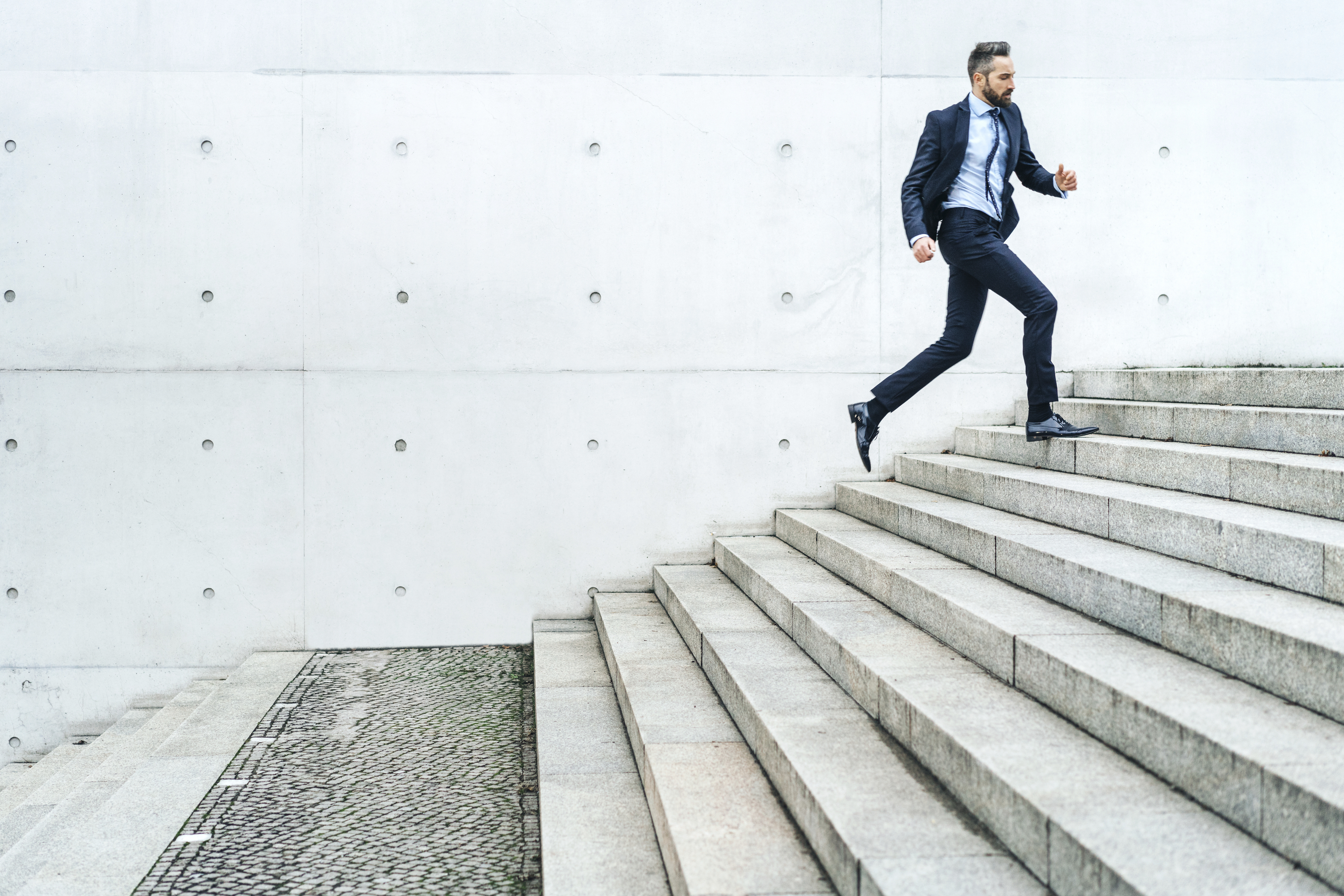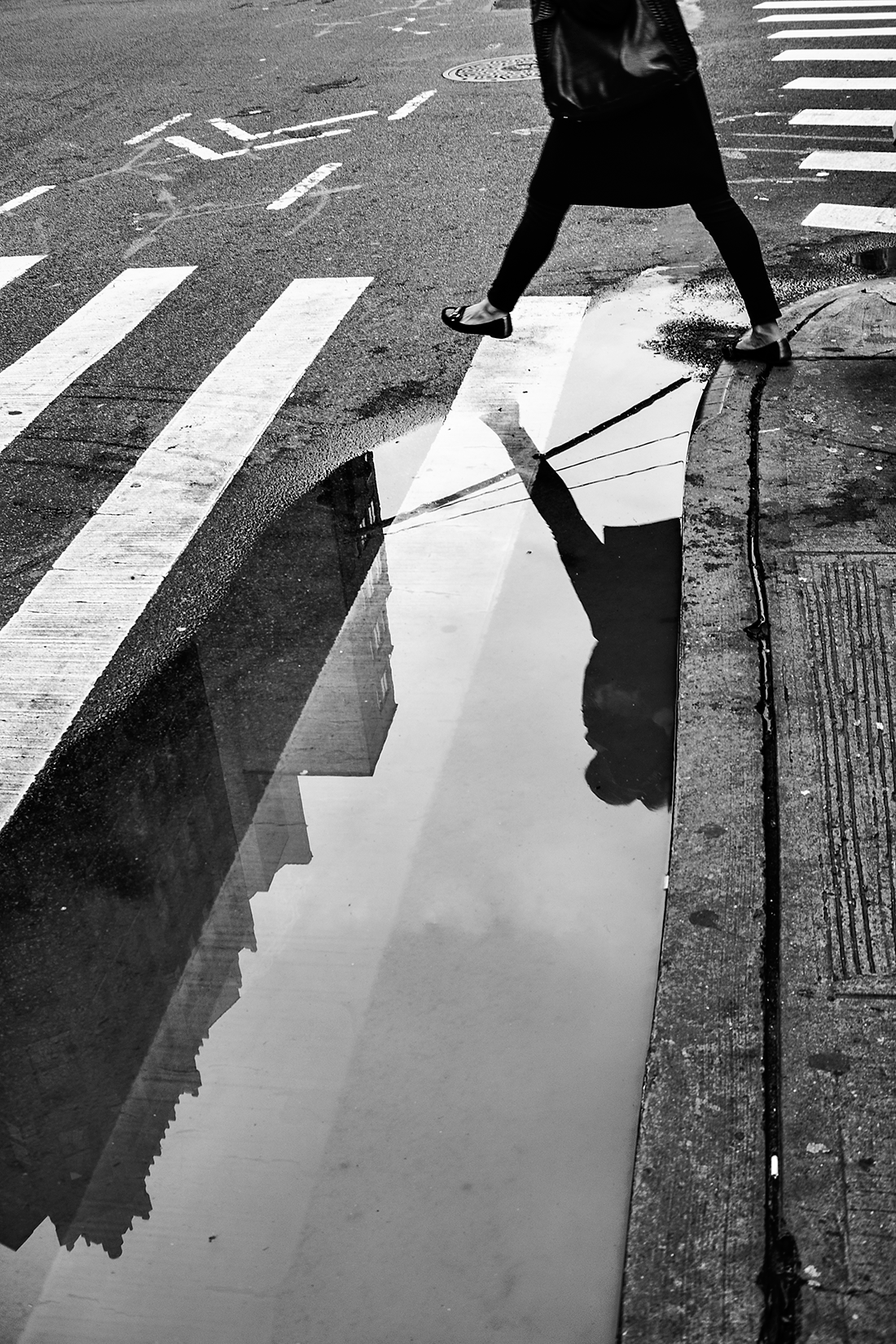Street Photography
Street photography is one of the easiest genres to get into – all you basically need is a working camera – but it’s also one of the hardest to be good at. There’s a world of difference between the great street photographers and the majority of the work being served up online, yet this doesn’t mean you shouldn’t give it a go yourself.
The finest street photography should provoke some sort of reaction in the viewer. There should be a small smile at the inherent humour, or puzzlement at what’s actually taking place in the photo – or just a nodded recognition of the micro-moment spotted and captured by the photographer.
And of course, photographic skill is essential. Your shots should be pin-sharp where it counts and composed like a dream, so a certain amount of technical know-how will stand you in good stead when you finally hit the streets with your camera.
Get (and set) the kit
There’s no dream kit for street photography, but a few key features will certainly make your life easier. Firstly, using a prime lens or switching off your zoom will teach you tonnes by forcing you to use your feet to compose. Work at that focal length long enough, and you’ll also begin to “see” in your camera’s frame.
Pre-setting the focus distance and then pulling your camera out when you spot a moment is a similar technique: this is best suited to cameras with “snap focus” modes like the Ricoh GR III Street Edition, or a mirrorless model with a lens featuring distance/depth of field indicators, like the Olympus M.Zuiko 17mm f/1.8 or 12mm f/2. This technique takes some practice to master, but the results can be spectacular.
If you prefer to set your focal point in a frame and use a variety of distances, super-fast autofocus is going to be your friend. A mid-range aperture such as f/8 will help you get as much of the scene in focus as possible.
Ultimately, you should be so confident in the settings you’ve chosen that you forget about them and simply concentrate on the artistic potential offered by the scene in front of you. You need to be able to whip out your camera and capture something in a heartbeat – not unclipping your bag, lifting out your camera, adjusting the settings and then taking the shot.
You’re also going to be on your feet all day, so a lighter camera such as a mirrorless or pro compact is recommended. As well as being heavier/bulkier, a DSLR isn’t exactly subtle: blending into the background is essential to capture truly candid moments.

Look for the light
Light can make or break a good street photo. If you’re shooting in a city or urban area, one of the most effective techniques is to look for light being bounced off shiny office blocks and skyscrapers. These patches of reflected sunlight can illuminate a passer-by as if she or he was a catwalk model. Find one near you, note down the times and seasons when it works, and return to it again and again.
You can also do the opposite, by using shadowy, high contrast areas to bring darkness to your shot and perfectly framing someone standing in the light. If it’s getting grim (let’s face it – we live in the UK) then bump up your ISO to give you the speed you need: if your camera’s not great at high ISO, grainy, contrasty black & white is a beautiful choice for street work as it focuses the viewer’s mind on the content of your photo.
Don’t set it up
Purists would argue that street photography shouldn’t be “styled”. You can’t ask someone to stop walking, or position someone just so. You should be looking for what Henri Cartier-Bresson called “decisive moments”: those split seconds of genius. That said, it’s considered acceptable to spot the potential offered by a scene, and then wait – wildlife photographer style – for the right individual to step into the perfect spot. You will need patience, in bucket loads.

Don’t be creepy
As has been said time and time again: if you’re in a public space and your subject doesn’t have an expectation of privacy, then you’re entitled to take their photo. It becomes a bit woollier if you’re using the work for commercial means (at which point you need permission from the individuals depicted in your shot) but we’ll assume you’re pursuing this for your own personal art.
You do have the right to shoot your subject in a candid fashion, but if they spot you and get cross, it’s best to do what they want: even going so far as to delete the photo. A smile and a friendly attitude will get you so much further than stating the rules and refusing to budge. If the person intrigued you that much, you might be able to get a quick “street” portrait of them just looking down your lens, and maybe even email it to them later to say thanks.
At the end of the day, street photography is simply you heading out with a camera and reporting back – or, as Nick Turpin, one of the greatest living street pros puts it: you’re telling the world: “this is what I saw.”
- By Andi Thomas
- 11 Aug 2016



































































